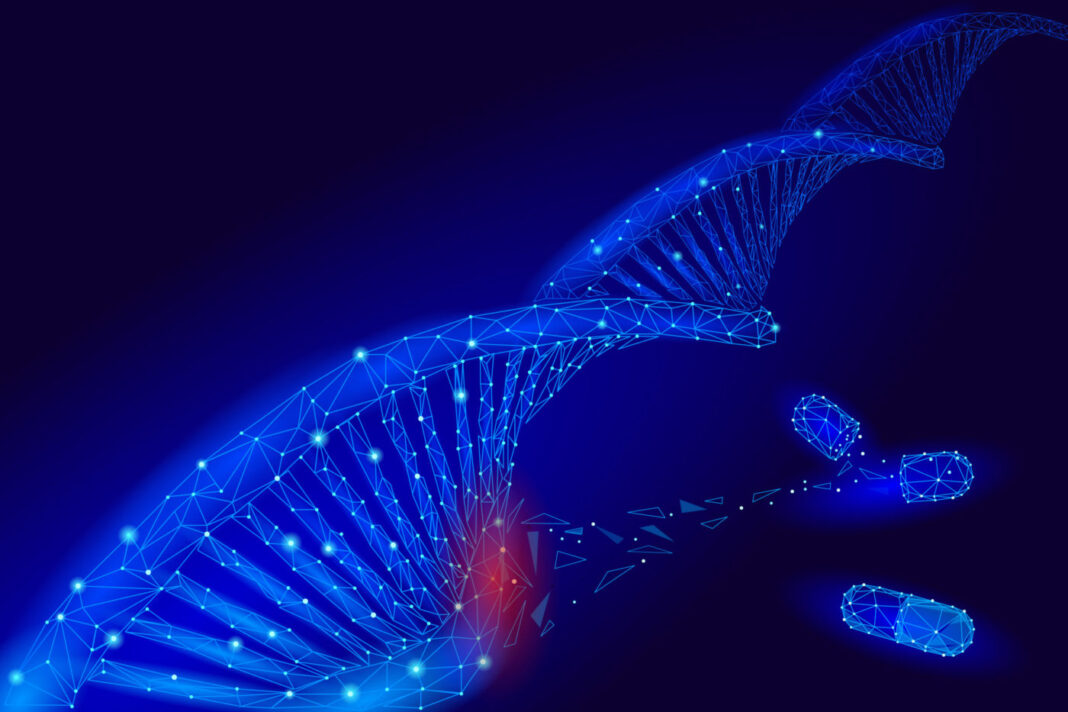The global viral vectors and plasmid DNA manufacturing market was valued at $319.01 million in 2019 and is expected to reach over $1.3 billion by 2027, according to a report from Precedence Research, which points out that viral vectors have become ideal for gene transfer due to their efficient gene delivery, high transfection efficiency, and stable gene expression. Further, an upsurge in the registration of clinical trials on viral vectormediated gene therapy is stimulating demand for viral vectors in gene transfer.
“The growing pervasiveness of target disorders and diseases, the accessibility of funding for gene therapy development, current research into viral vector–based cell and gene therapies, and efficacy of viral vectors in gene therapy delivery are together supporting the market growth,” notes the Precedence Research study.
The adeno associated virus (AAV) vector is the platform of choice for delivering gene therapeutics. But, as Nice Insight reports, the biggest challenges facing gene therapy lie in the areas of process development, manufacturing, and analytical technologies.
To address these issues we put together this special supplement entitled “Navigating the Complexities of AAV Scale-Up and Manufacturing.” Inside you will find ideas and advice on choosing the right starting material, ensuring the right scalable platform technology for maximizing titer, optimizing the AAV downstream purification process, and carrying out approved product process, characterization and QC testing for lot release. Leading gene therapy scientists in academia and experts in industry have been interviewed for critical insights on these topics. They will also give their thoughts on the future of the gene therapy industry, its trajectory over the next 5 to 10 years and the technologies that will accelerate further development of this field.


